Sugar export quota for 2022-23 soon
The government will soon announce export quota of sugar for the next marketing year (2022-23) commencing on October 1, 2022, food secretary Sudhanshu Pandey said on Wednesday.
However, he did not disclose the volume of sugar to be allowed to be shipped. India exported a record 11.2 mt of the sweetener in the 2021-22 season while in the previous marketing year 7.1 mt of sugar was exported.
Meanwhile, Aditya Jhunjhunwala, president, Isma, urged the government to expedite the sugar export policy, stating that at least 8 mt of exports are necessary for the 2022-23 season, taking into consideration production estimates.
Isma has estimated that sugar production is expected to be 40 mt while around 4.5 mt would be diverted for ethanol production while domestic consumption would be around 27.5 mt.
Also Read: Sebi working on ASBA-like facility for secondary markets
Jhunjhunwala said that the government should allow any of the two prevalent systems followed in sugar exports in the last two years. The government had followed the minimum indicative export quota in 2020-21 and the open general license system in 2021-22.
“The exports of around 8 mt of surplus sugar after meeting domestic demand and diversion towards ethanol would help maintain domestic sugar prices which would boost the liquidity situation of mills and ensure farmers are paid for sugarcane on time,” he said.
Sugar production in 2021-22 is estimated to be more than 36 mt, against an earlier estimate of 35 mt.
Sugar industry has also asked for financial support for increasing ethanol production capacity in the next three years as the government has set a target of blending 20% of petrol with ethanol by 2025. Currently, 10% of the petrol is blended with ethanol.
The ethanol production sector will be requiring an investment of more than Rs 10,000 crore for creating an additional capacity of more than 400 crore litres for achieving 20% blending target.
Currently, out of 430 litres of ethanol produced in the country around 370 crore litres is contributed by the sugar industry.
ISMA also urged the government to increase the minimum support price (MSP) of sugar from the current level of Rs 31 per kg to at least Rs 36-37 per kg in commensurate with hike in fair and remunerative price (FRP) of cane. MSP of sugar was last announced in February, 2019.
Jhunjhunwala has said ‘the government had fixed MSP of sugar at Rs 31 per kg in February, 2019 when the FRP of sugarcane was Rs 275 per quintal. Since then, FRP of sugarcane has increased twice,’.
Since 85% of the sugar mills’ revenue comes from the sales of sugar, it is an important component to pay the cane price to farmers, he stated..
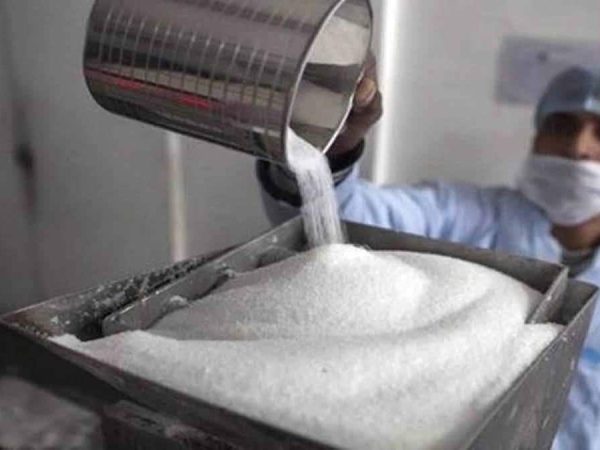
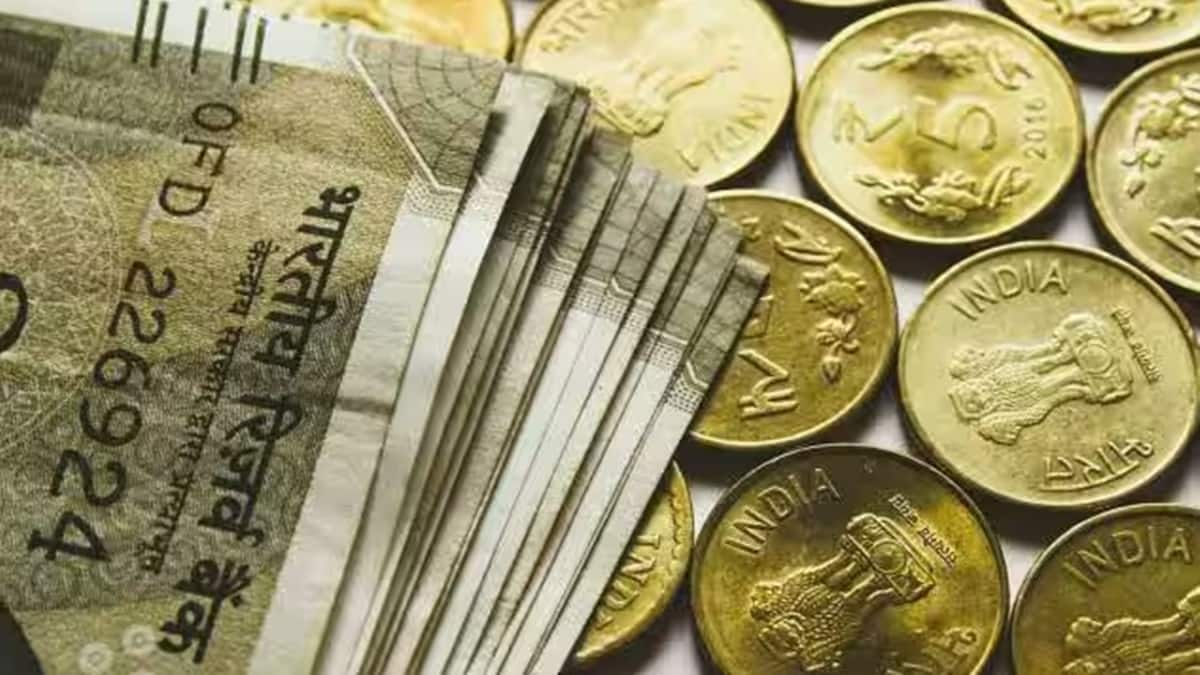

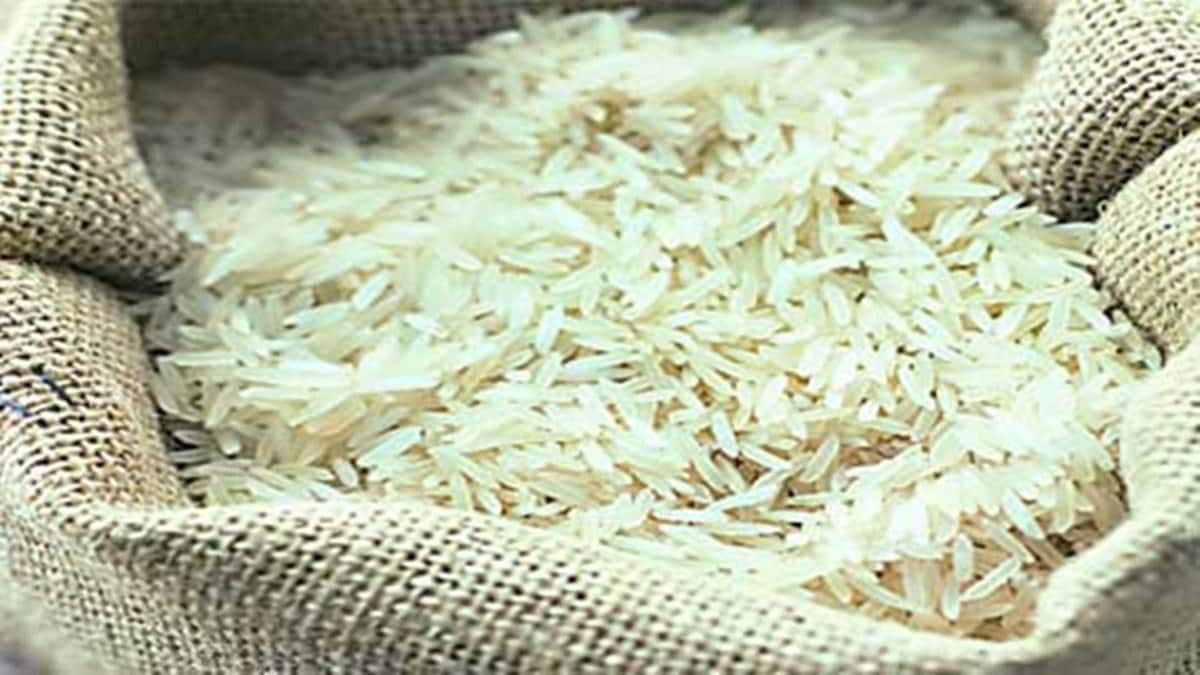
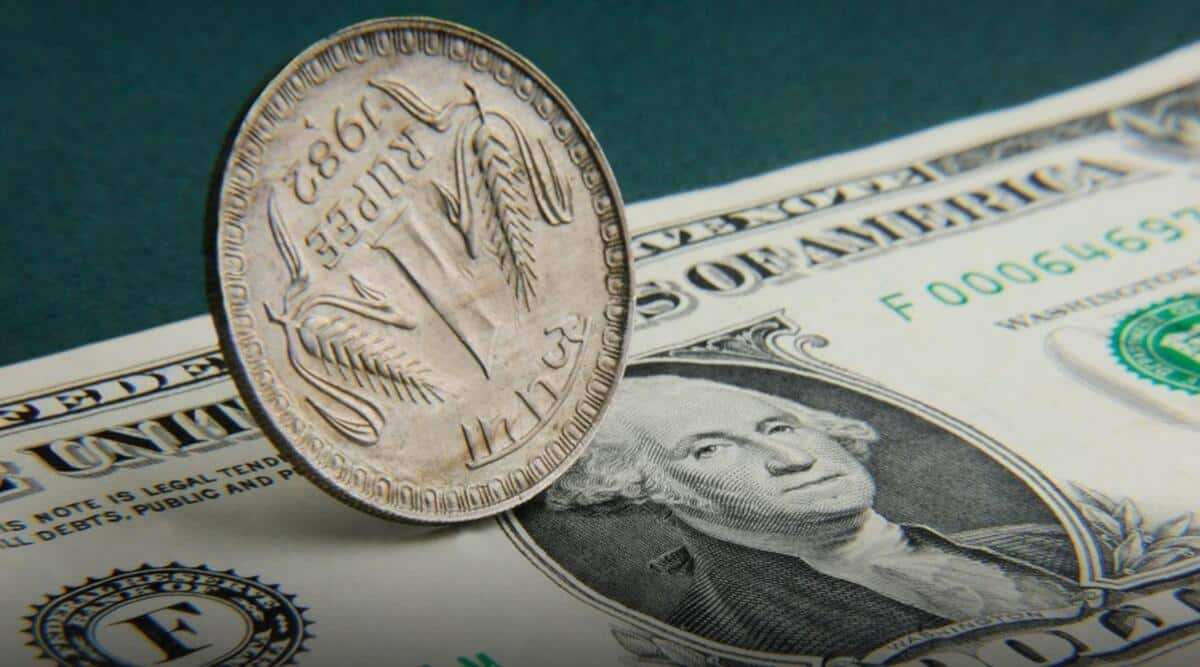
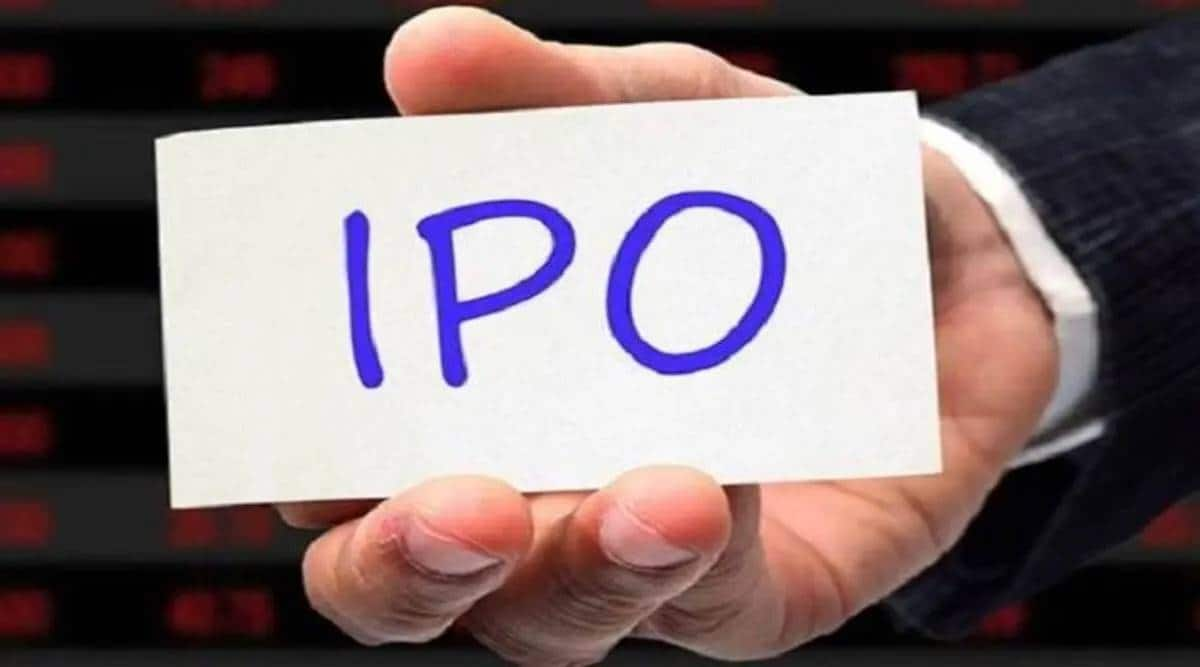

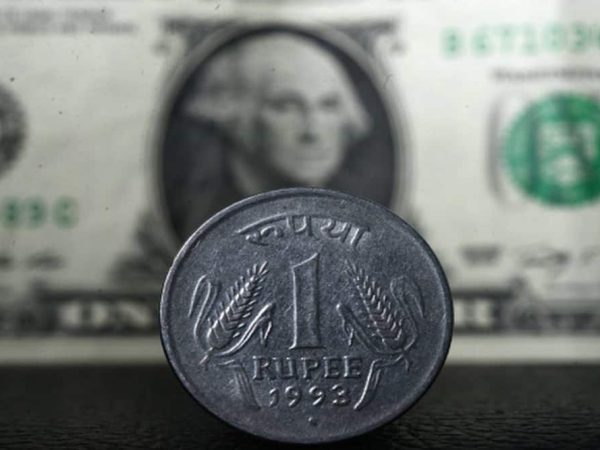
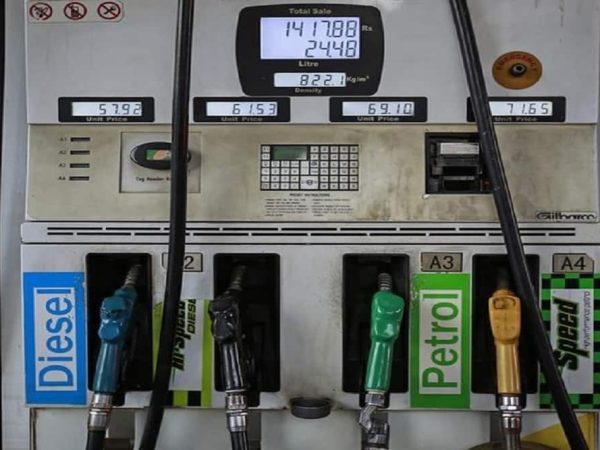
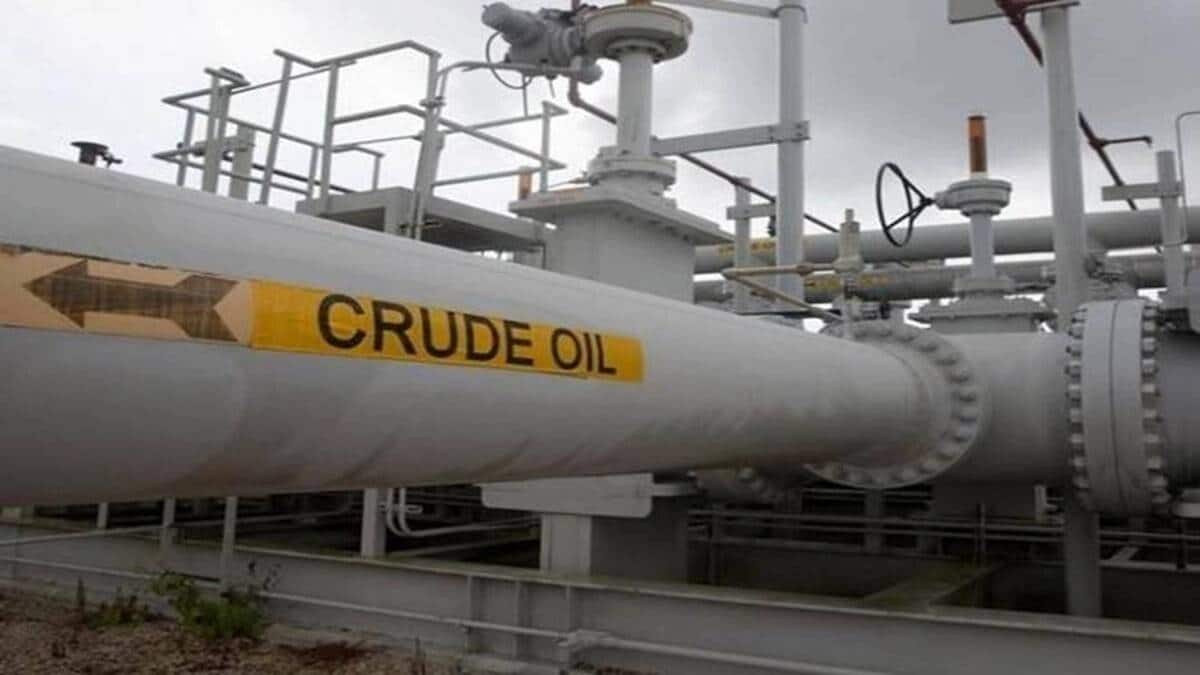
Recent Comments